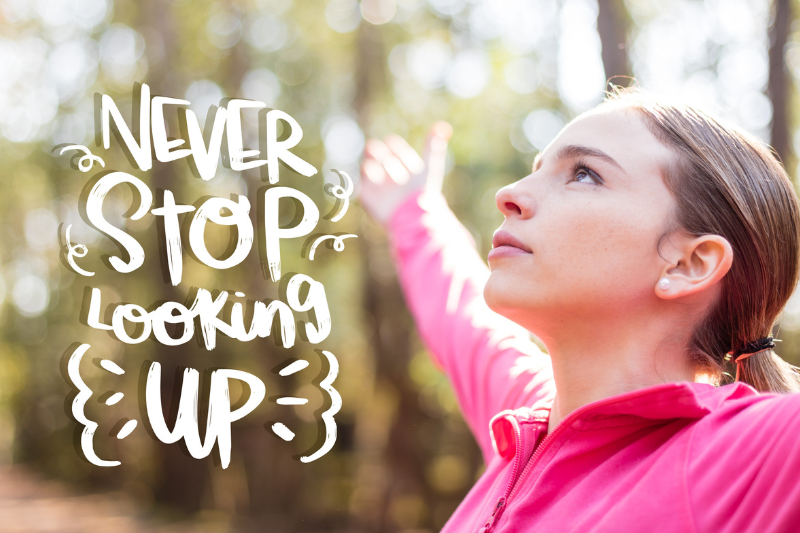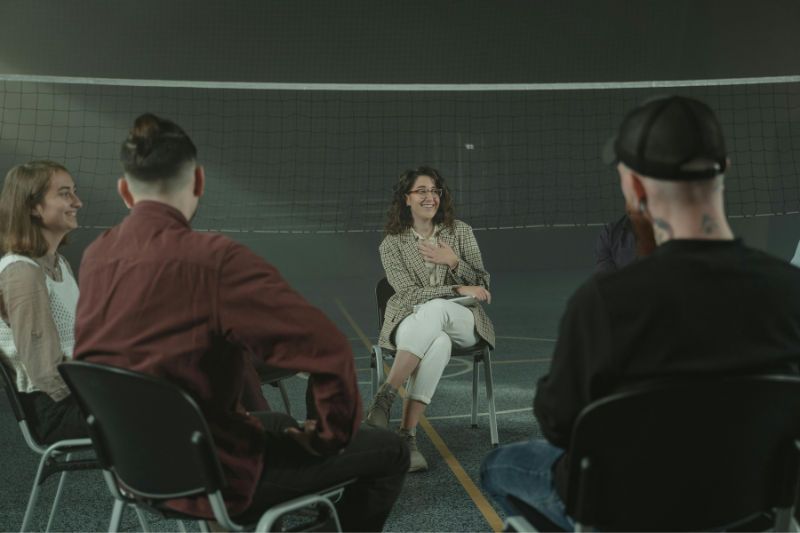For over two decades, social media has completely revolutionized the medium of communications, opening up novel ways for society to connect, engage, share, relate and build interpersonal bonds. Social media platforms, such as Facebook, Instagram, Twitter (now X), TikTok, Snapchat, etc., have become essential parts of the daily lives of billions of people all over the world. Through these platforms, we have never been more connected with each other and are able to keep relationships, artistry, communities, information, and more all within arm’s reach. But as social media is more intertwined into daily living, worries about its effect on mental health have sharpened. This essay is intended to explore the relationship between social media and mental health and impact of social media on mental health — both positive and negative — and methods the minimize the risk and have a good impact on mental health and well-being.
The Rise of Social Media
Soushial media has boomed upgraded massively. Statista reveals that over 4.5 billion people use social media globally in 2023, which is more that half of the world population. Each day, an average user spends nearly two and a half hours on the average platform. This number is frequently higher for younger generations like Millennials and Gen Z. Smartphones, along with high-speed internet, have become commonplace today, with users remaining perpetually connected, getting real-time notification updates and interacting with content throughout the day.
Although social media provides numerous advantages (e.g., simplicity of interaction, social connections, and artistic representation), these platforms have also been associated with several mental health disorders. It actually depends on a lot of factors including age, personality, predisposition towards mental health issues and behaviour patterns in using social media.
The Positive Effects of Social Media on Mental Health
While most of the discussion about social media is about its detrimental effects, the good cannot be ignored either. For a lot of users, in particular those that can also experience on my own remoted or marginalized, social media gives them a experience of connection and support.
Connection and Community
They also offer a way for people to maintain long-distance relationships, reconnect with pals from there past, and meet others with similar interests. Social media can be a lifeboat for people living with rare diseases, disabilities or other interests that might not lend themselves to in-person support groups.
On Mental Health Awareness and Advocacy
The role of social media in increasing awareness of mental health issues These platforms are utilized by campaigns, influencers and organizations to spread information, reduce stigma and encourage people to reach out for help. Movements has hashtags, like #MentalHealthAwareness and #EndTheStigma, have emboldened people to speak up with their personal experiences and engage in dialogues about mental health.
Access to Resources
Free resources, self-care tips, and other coping strategies are available from social media, thanks to many mental health professionals and organizations. If someone has never before had access to standard mental health care, this can be damaging—but other people can easily locate helplines, meditation leaders and therapy information, and that can be useful.
Finding The Passion To Write and Know Yourself
Apps such as TikTok, Instagram and Tumblr allow users to creatively express themselves in writing, art, music and photography. Social media can be a helpful space where young people can try out their identities within a bubble of support.
The Detrimental effect of SP on mental health
However, social media has more mental health problems than pros. Such concerns are especially prominent among teens and young adults, who are at a stage in life when peer acceptance, self-image and social comparison create a strong influence on mental health.
Social Comparison and Self-Worth
Perhaps the most well-known adverse impact of social media is that it promotes social comparison. When users scroll through their feeds, they can feel like they are constantly stacked against the idealized version of a life they see on the internet — comparing bodies, lifestyles, relationships, accomplishments, and possessions. It results in a feeling of worthlessness, low self-esteem, and depression.
Fear of Missing Out (FOMO)
This never-ending news feed on social media could be the instigator of FOMO —the fear that others are having rewarding experiences without you. Fear of Missing Out leads to compulsive checking, poor sleep, and general unhappiness with one’s own life. Especially among teens and college students.
And if it falls under the bucket of cyberbullying and online harassment.
One of the biggest problems with social media is that it provides fertile soil for toxicity, cyberbullying, trolling, and harassment. Online abuse survivors frequently struggle with anxiety, depression and suicidal ideation. Cyberbullying, as opposed to traditional bullying, can be pervasive and made available to the public, making it potentially more harmful.
Addiction and Compulsive Use
Social media platforms are built to be addictive, using algorithms and notifications to keep people on their apps. Overindulging can obstruct other important everyday tasks, such as, sleeping can cause anxiety. The practice of endlessly scrolling news feeds populated by negative stories, dubbed “doomscrolling,” is now ubiquitous and bad for mental wellbeing.
Sleep Disruption
Even scrolling late at night and having screen time before bed can affect sleep. Screens emitting blue light inhibit melatonin production, and interesting content keeps the brain active. Mood disorder, stress, and cognitive function are all closely tied to sleep deprivation.
Disinformation and misinformation are two similar-sounding but different concepts.
The widespread dissemination of misleading health advice, conspiracy theories, and polarizing content is rife with social media. All of this content can muddle understanding and increase stress levels which can lead to violence against themselves or others.
Vulnerable Populations
Those who are particularly susceptible to the mental health impacts of social media include:
Young people are still on their way emotionally and neurologically – and during these years are particularly sensitive to peer pressure, social comparison, and online bullying.
Individuals with Existing Mental Health Issues: Some people have anxiety, depression, or body dysmorphia, and social media can trigger these symptoms.
Blacks, Laverne Cox, GLAAD, federal crime, Jennifer Lopez, USA TODAY NOV 29 2017 NOV 29 2017 Research shows that social media provide an arena for both positive and negative experiences — connecting users to others and communities, or exposing users to racism, homophobia, sexism and the violence against them, and deterring the empathetic support they say they often find online.
Women and Girls: Studies have shown that women and girls especially have experienced body image issues as a result of social media.
How to Use Social Media in a Healthy Way
Understanding the dangers of social media is merely step one. To safeguard mental health, we need to promote healthy usage patterns. Here are strategies you may consider as individuals or families:
Set Time Limits
Limiting daily phone usage with the help of app timers or digital wellness tools can prevent compulsive behavior and make us more present.
Curate Your Feed
Remove any accounts that give you anxiety, make you feel less than or upset. Find people and pages that inspire, educate and uplift you, and follow them.
Practice Digital Detoxes
Time off social media, every so often for an hour here and there, a weekend there, or a week, is a wonderful and grounding thing.
1.) Reduce social media consumption
Rather than scrolling mindlessly, decide on a few things you want to do on there first (e.g., send a friend a message, post some art, read the news). Engage with intention
Sleep Hygiene
Keep away from all screens, for a minimum of 60 minutes earlier than bedtime. Encourage Healthy SleepKeep devices in the night mode and outside the bedroom.
Talk About It
Parents, educators, and therapists should talk with youth about their digital lives. Having a safe space to talk about social media help with spotting problems early.
Seek Help When Needed
If your use is causing anxiety, depression or feelings of isolation, you should seek help from a mental health professional.
The Role of Tech Companies
Taking care of your mental health is a personal responsibility, but so is tech companies making people less miserable. Some have even released so-called harm-reduction tools, like the following found on many social media platforms:
Hiding like counts
Market time management Tools
Flagging harmful content
Improved privacy and safety settings
In-app mental health resources
But opponents of tighter immigration laws say it doesn’t go far enough. To make social media a safer place for every age, it needs ethical design, clear algorithms and moderation.
Conclusion
Mental health and social media constitute a complicated and multifaceted relationship. Social media can be a great way to connect, create, and get support, but there are also dangers — especially when that usage is excessive or unaware. With the increased focus on how digital life is affecting mental health, issues like social comparison, FOMO, cyberbullying, and internecine addictive behaviors have all come into play.
Instead of vilifying social media, we should encourage education, awareness — and careful use! If we realize how these platforms shape our perceptions and feelings, we can attempt to reduce the damage and amplify the good that our digital lives have to offer. No one said it would be easy, but we can build a better relationship with social media—not just as individuals and families, but also as communities—because we need a healthy society, as individuals, as groups to stay mentally well in the digital age.



